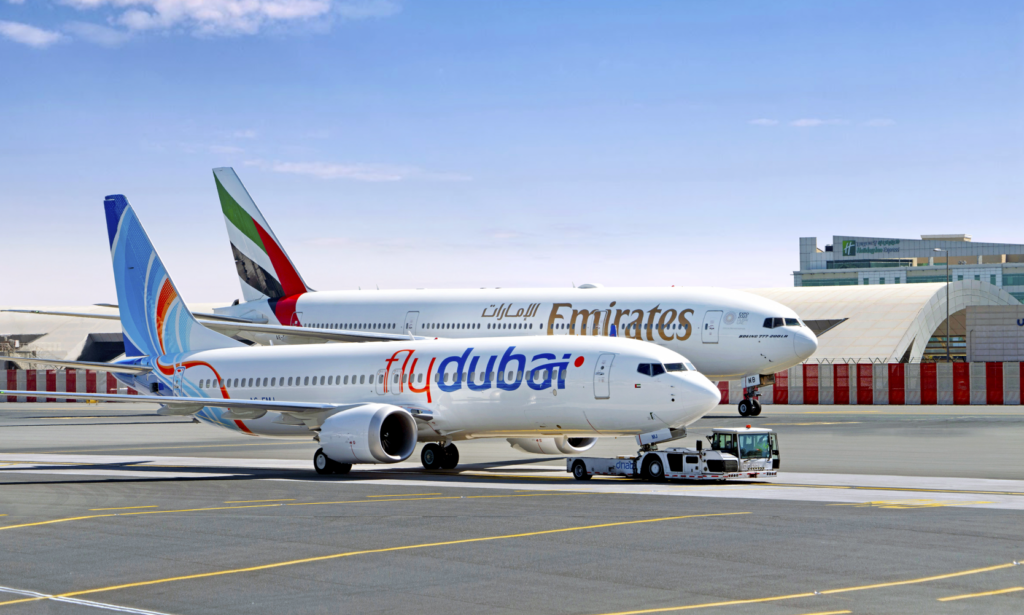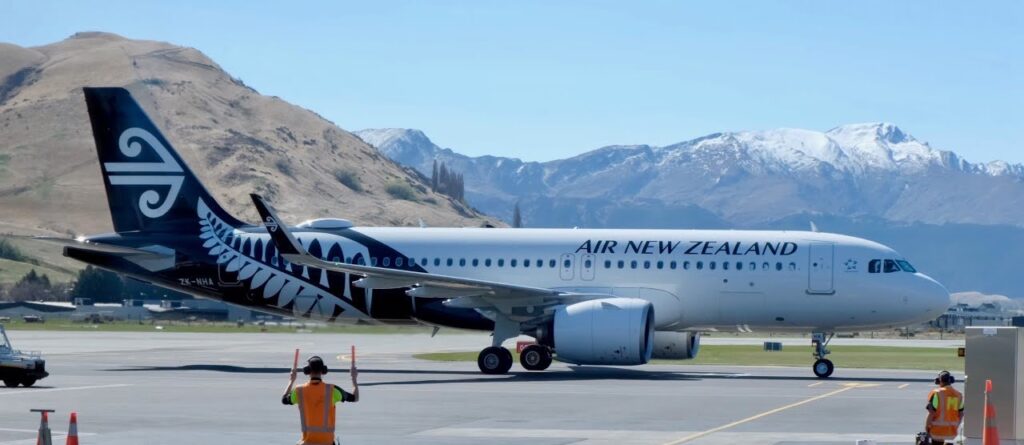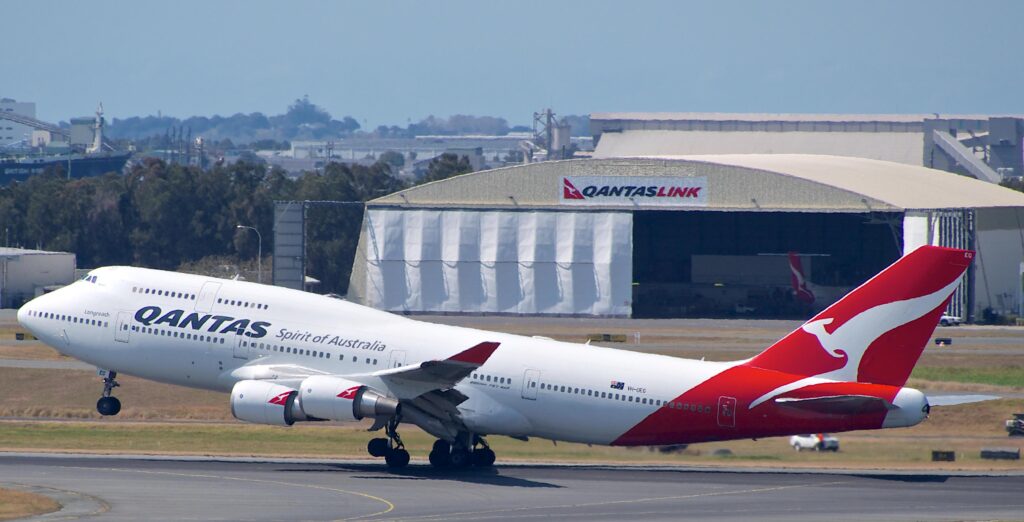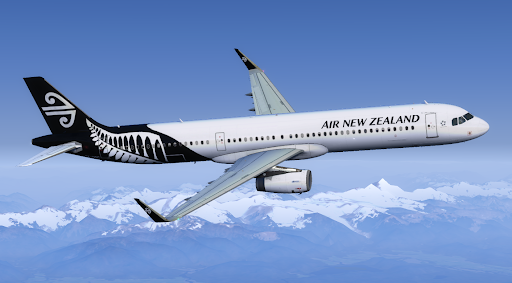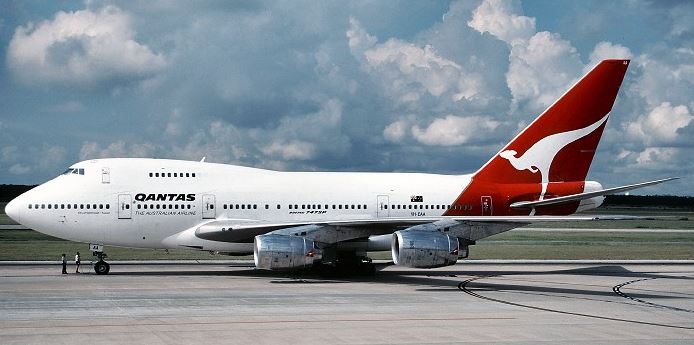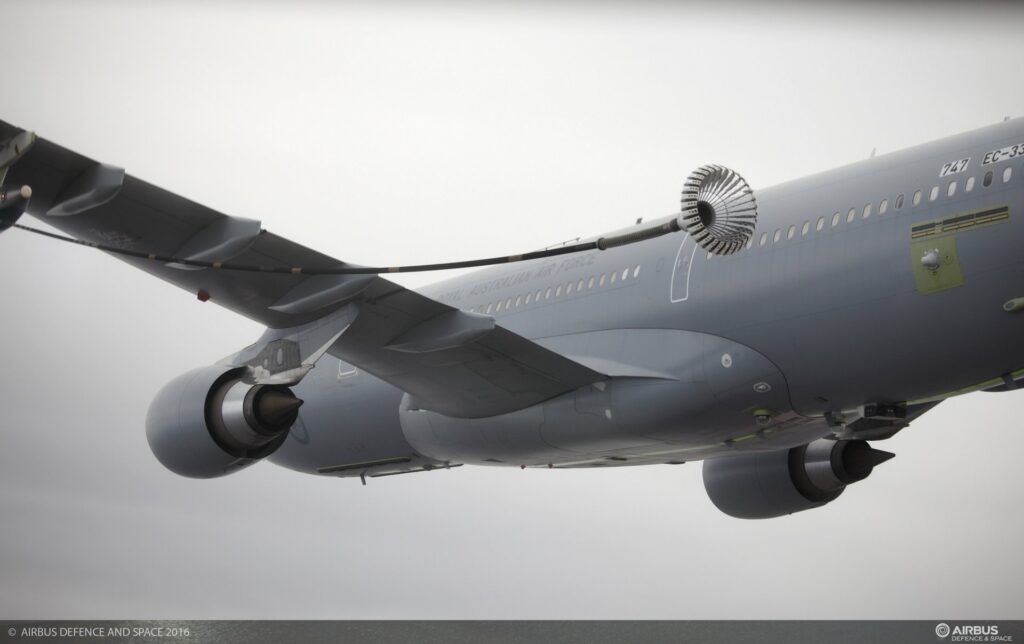Emirates and Flydubai Reactivate Partnership for Seamless Travel
Emirates and flydubai have announced that customers of both airlines can once again access a wider range of travel options around the world, connecting seamlessly and safely through Dubai. Following the progressive resumption of passenger…
